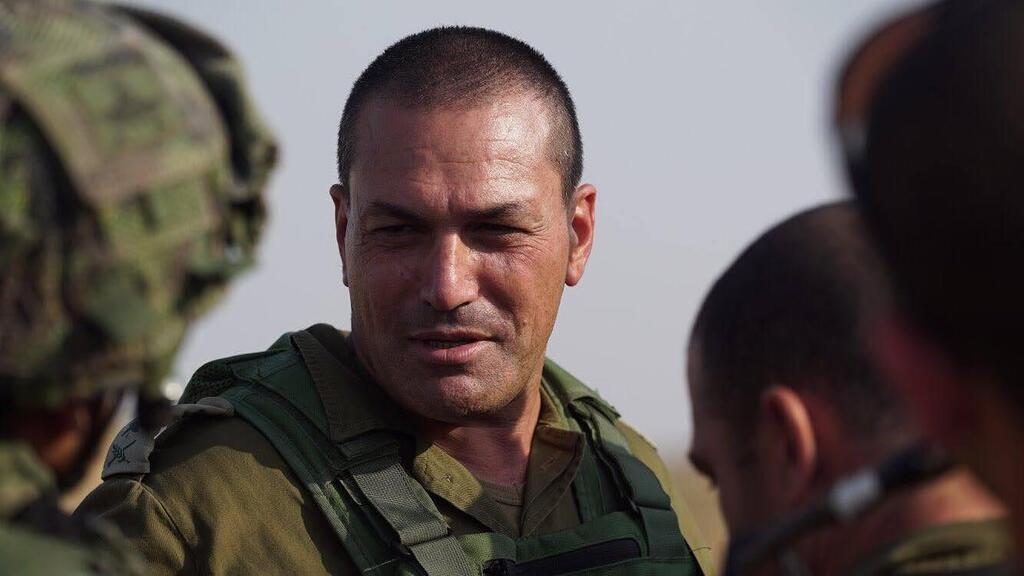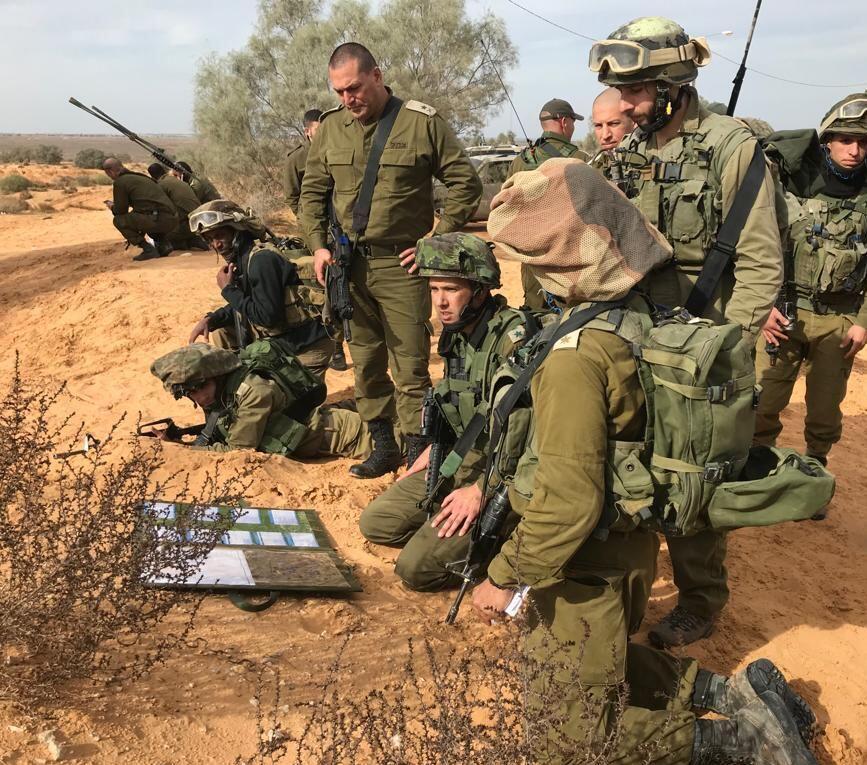There are those who claim that in the State of Israel, the two most demanding positions are the prime minister and the chief of the general staff, the first being elected and the second being appointed.
Earlier this month, Defense Ministry Director-Genral Maj. Gen. (res) Eyal Zamir was appointed the 24th chief of staff of the IDF following the resignation of Herzi Halevi due to the circumstances of the outbreak of the Iron Swords War, and in particular the failure of the defense around the Gaza Strip.
Every chief of staff who takes office faces a great challenge – both in building up the IDF's strength for the future and in using force in a changing, unstable and challenging reality.
However, the most central challenge facing the chief of staff, in light of the processes of the past decade, is to increase recruitment to the IDF, and to expand its ranks, in a way that will make it possible to deal with the operational challenge.
In addition, the IDF is required to make effective use of the many resources allocated to it – on the one hand, to improve its decision-making capability, and on the other hand, to strengthen its defense and intelligence systems, against the backdrop of the development of threats in the near and distant circles.
These challenges require a skilled team capable of conducting integrative work around the General Staff table, with an emphasis on a plurality of opinions and creative thinking that does not allow for being dragged into fixed perceptions. The chief of staff is required to be open to ideas, with a broad command concept, which enables the growth of ideas from the field.
The past decade has shown that the IDF listens less to field commanders. Therefore, the chief of staff must strengthen the connection between the General Staff's decisions and operations in combat theaters.
There is also a challenge in the relationship between the political system and military system, but today the chief of staff is required to analyze the political strategy, even if it is not explicit, and to formulate a complementary operational response to it, in a way that will enable the IDF to present to the politicians alternatives that are consistent with its perception.
This relationship requires a great deal of flexibility in terms of military capabilities and changes in accordance with the prospects and opportunities facing the State of Israel in the coming years.
Get the Ynetnews app on your smartphone: Google Play: https://bit.ly/4eJ37pE | Apple App Store: https://bit.ly/3ZL7iNv
Post-war armies are characterized by two aspects: a marked erosion of manpower and materiel, along with euphoria. The chief of staff will be required to lead a process of reporting to the IDF, strengthening the ranks of field commanders, rebuilding capabilities and adhering to norms and standards, some of which have been weakened due to the ongoing war.
All of these challenges require a rapid process of decision-making and full cooperation, as the IDF continues to build up itself while fighting.
The first step that will be required of the chief of staff is to formulate a general staff that will provide the best response to the tasks described, to quickly outline a direction, and to formulate a work plan for the coming years.
I would recommend that the chief of staff be less on the 14th floor of the Defense Ministry headquarters and more on the ground and at eye level. Re-instilling direct and unmediated command, the dialogue with junior commanders and the all-important partnership between the senior and field commanders – it seems that the distance between them has grown over the years.
 Col. (Res.) Ronen ItzikPhoto: Jenny Dvir
Col. (Res.) Ronen ItzikPhoto: Jenny DvirUltimately, despite the changes in the characteristics of the battlefield, it is important to know, and the chief of staff must internalize, that the operational moves and the force buildup are led by people, they need direction, inspiration backing and appreciation. It requires all levels of decision-making to understand what's going on down there.
Not through intermediaries and not through screens. In this context, from a moral and ideological point of view, the distance between the Defense Ministry headquarters in Tel Aviv and the officers' school in Mitzpe Ramon should also be reduced, under the context of "you shall see from me, and so shall you do."




